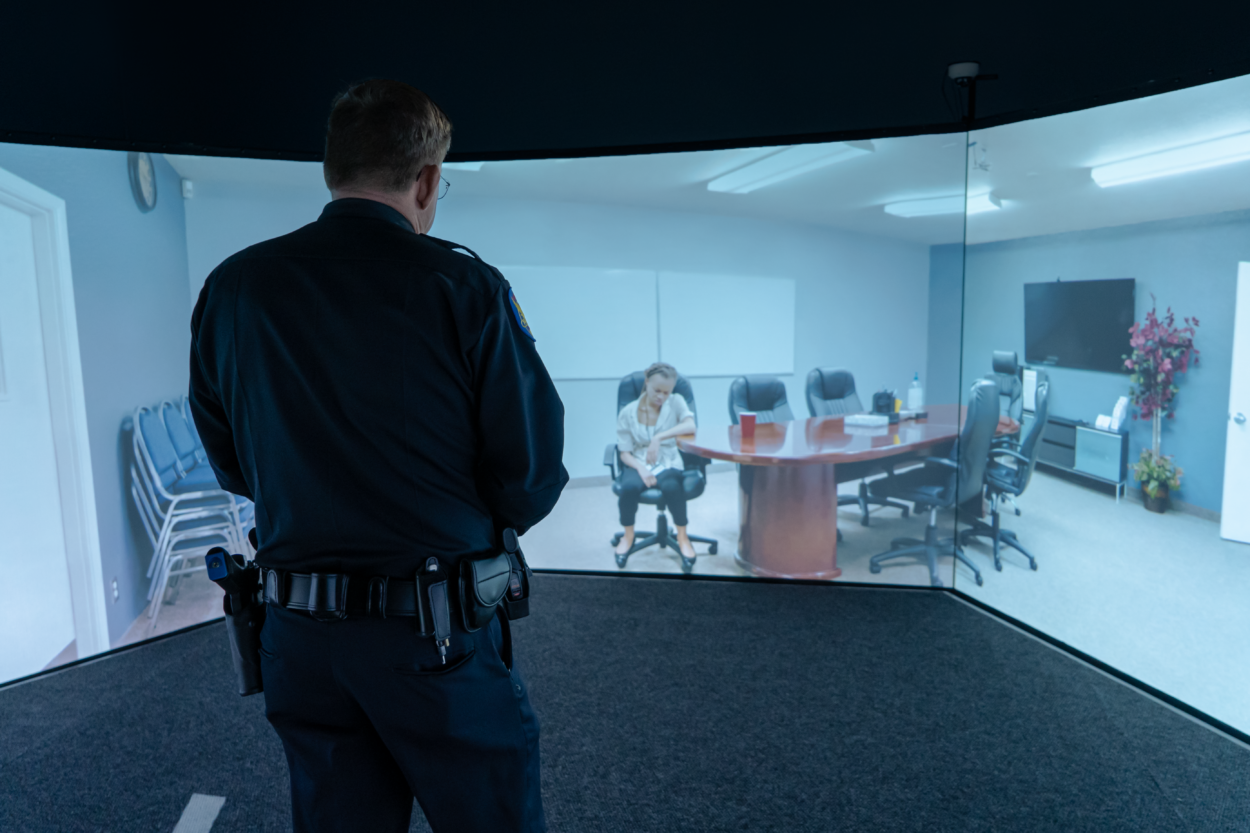
The most recent statistics show an increase in illicit drug use. A survey in 2018 from The National Survey on Drug Use and Health published by SAMHSA shows that 1 in 5 people aged 12 or older used an illicit drug in the year prior. “Illicit drugs” as referred to in the survey include opioids, prescription drugs, marijuana (despite its current legality in several states), cocaine and others. It is also important to note that the same survey found that substance use is more common in individuals with mental health issues than those without.
Common Factors of Substance Use
So, what exactly is substance use? It refers to recurrent use of drugs or alcohol that can cause impairment, addiction, intoxication and withdrawal. Key common factors include dependence on the substance and continued use despite problems. People addicted to a substance often spend a lot of time obtaining it and use it in greater amounts over time.
Trained professionals typically know the signs that an individual is suffering from substance use disorder. Depending on the type of drug abused and how much the subject used, signs range from slurred speech and dizziness to delusions and violence. Additionally, there is a risk of overdose and short- or long-term negative health effects. Even withdrawal symptoms experienced can be severe and lead to erratic behavior.
Integrated Intervention
A dual diagnosis refers to a person experiencing a mental illness and a substance use disorder simultaneously. A 2017 study found that 8.5 million adults suffered from both a mental illness and a substance abuse disorder simultaneously.
In the past, treatment centers treated one issue at a time, believing that the substance use needed to stop before the mental illness could be addressed. Now, newer treatment called integrated intervention treats both simultaneously.
It is important to remember that law enforcement officers should not attempt to make a diagnosis, but familiarizing oneself with the signs of both substance use and mental illness is vital to ensuring proper handling of the situation.
Simulation Training for Law Enforcement
VirTra’s Mental Illness V-VICTA™ curriculum has a module that focuses exclusively on substance use. Not only are trainees able to learn how to recognize signs of both mental illness and substance use, but are also able to practice the skills they’ve learned within the simulator.
VirTra has several scenarios including “Party Pooper” and “Misery Mountain” that correlate well with this section of the Mental Illness curriculum and expose trainees and officers alike to situations they may deal with in the real world.
To learn more about how VirTra can help law enforcement officers understand and prepare for interactions with the mentally ill and those suffering from substance use disorder, contact a VirTra specialist.
References:
Substance Abuse and Mental Health Services Administration. (2018). Key Substance Use and Mental Health Indicators in the United States: Results from the 2017 National Survey on Drug Use and Health.
Recently Published
Join Our Newsletter







